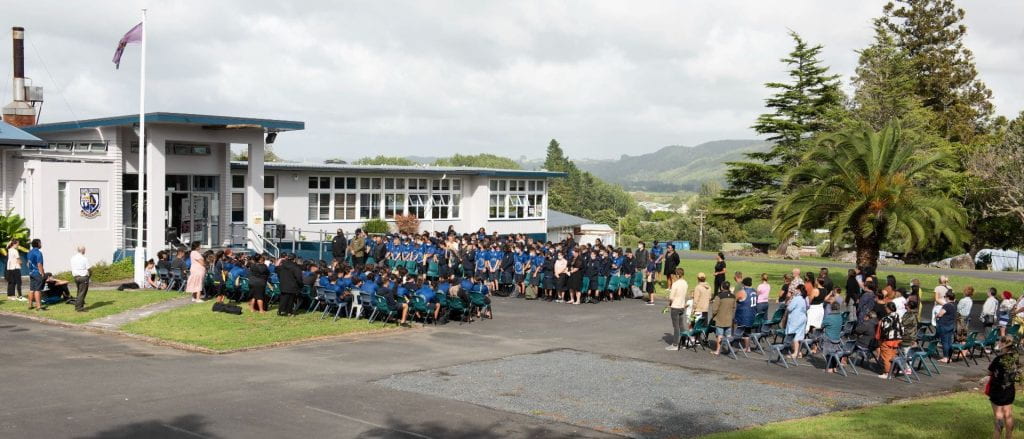Different leaders.
Leaders come in many different forms some better than others, some worse than others.
But every leaders has their certain trait weather it’s their social skills or even if it’s the brains a leader is put in that position for a reason.
What abilities does a leader have.
Well as I said in the previous slide all leaders have different abilities and some leaders are just better than others, but there are a few traits they have in common.
One of the traits is the willingness to take the opportunity that is in front of them. What I mean by that is if they see an opportunity they will take it.
Another skill that a leader should have is motivation. Motivation to be the best they can, or to always try when they are given a job to do and do it to their best ability.
Now to finish of my speech with a couple quotes.
The first quote is by J donald walters who was an American Hindu religious leader, yoga guru, meditation teacher, musician, and author. One of his famous quotes of leadership was “Leadership is an opportunity to serve.
t’s not a trumpet call to self importance.” What I think this quote means is that leadership is not a title but it is more so a role to serve the people.
The last quote is said by my Papa who was the chair of foundation North which is one of the largest funding organizations in Australasia. His not so famous quote is “ Whakatutuki I to korero.” I think this quote is quite straightforward. What the quote means is if you say you’re gonna do something you better back it up. And here you may be thinking why did he save the more basic quote for the end. Well the difference between a good leader and a great leader is their determination to back what they say.
And that’s all I have got for today so thank you all for listening.



